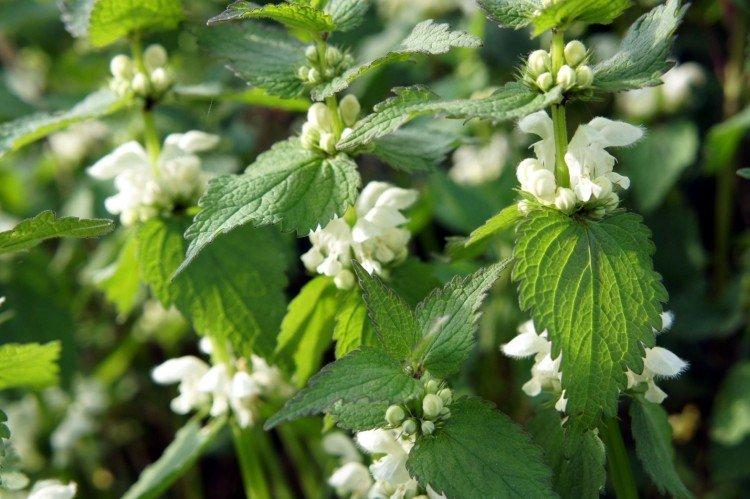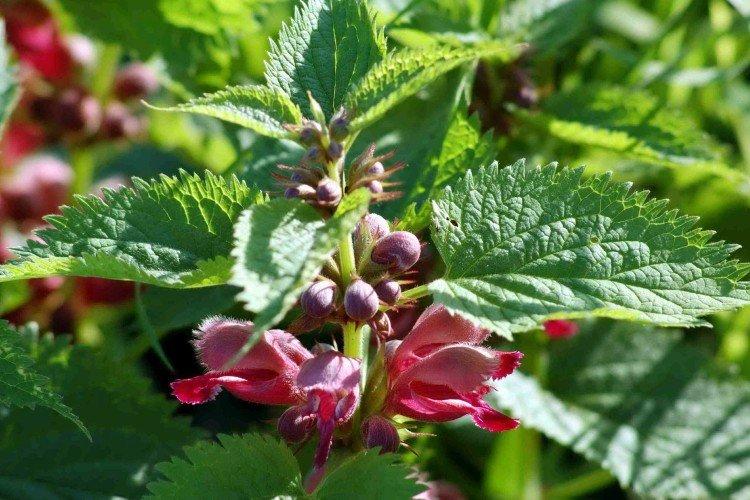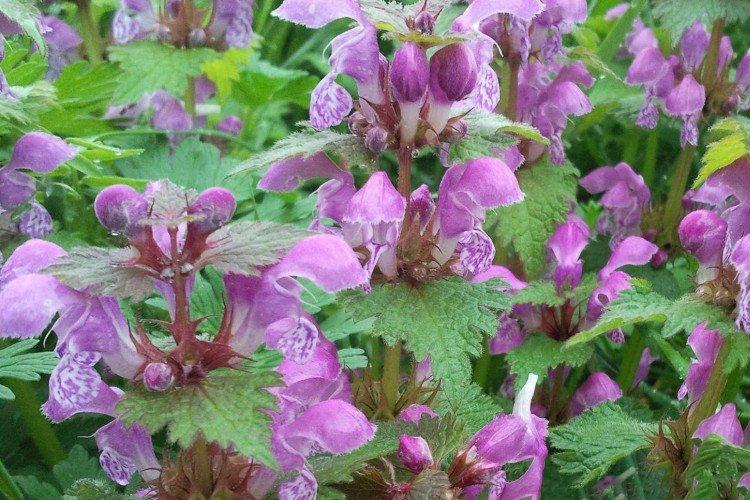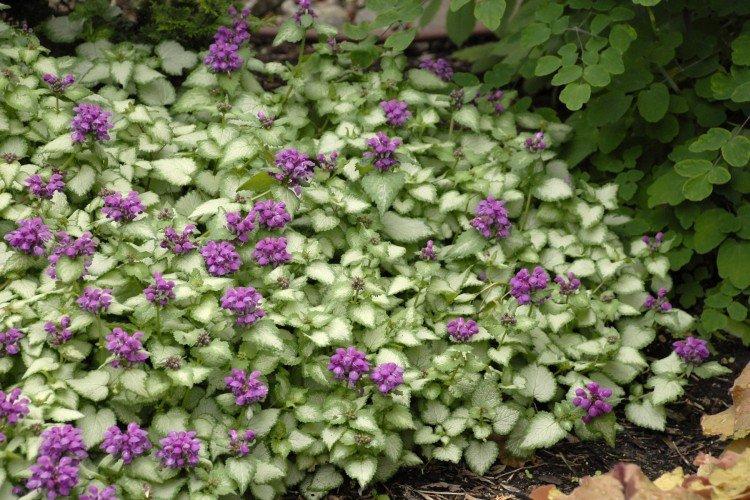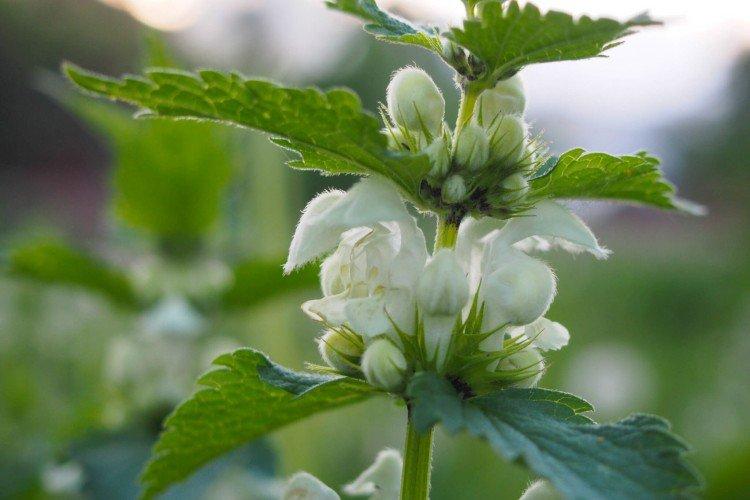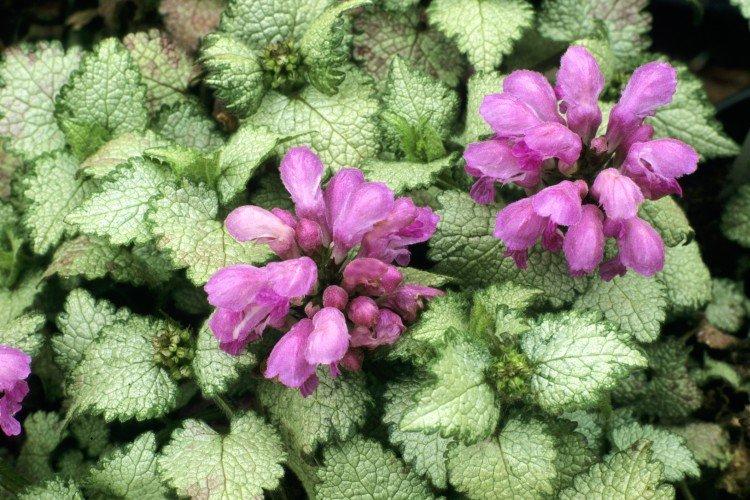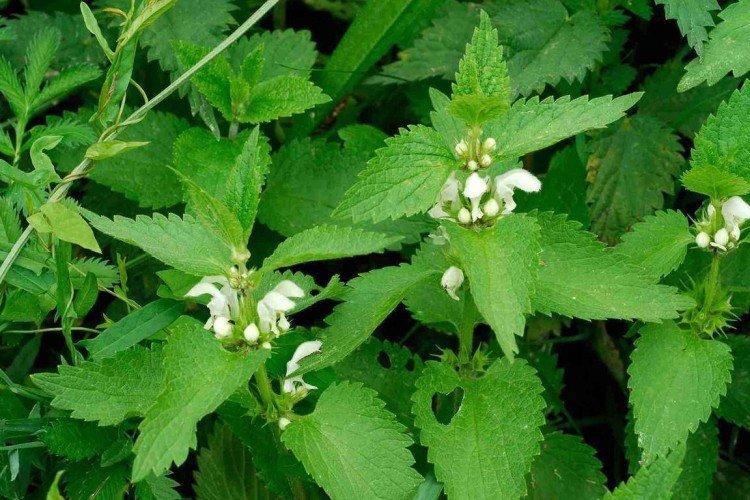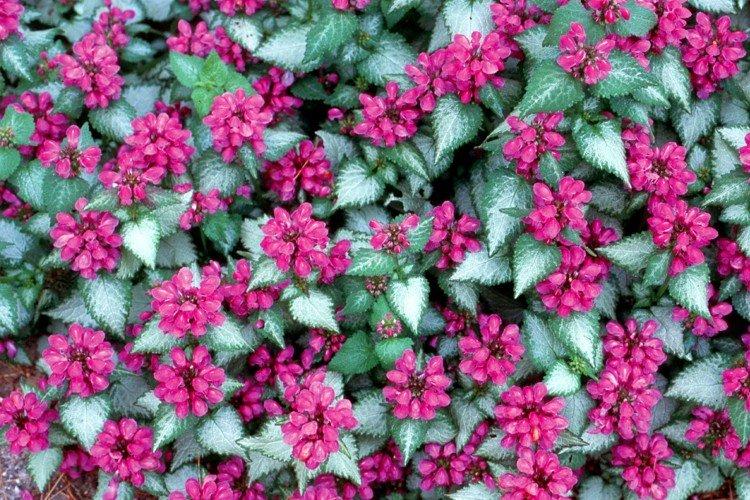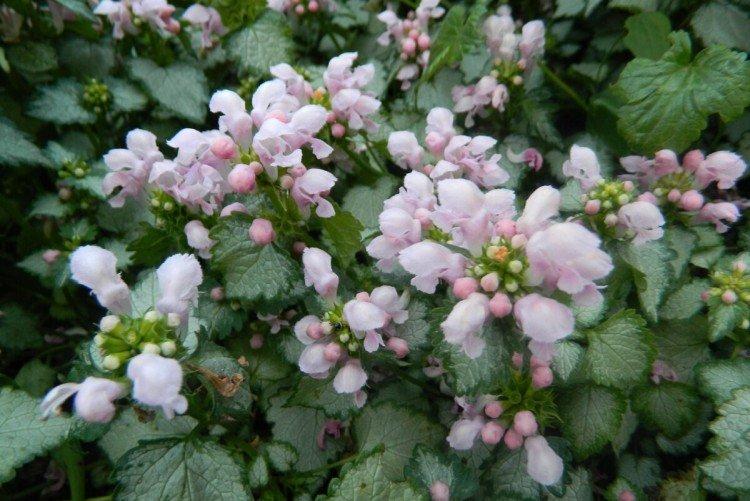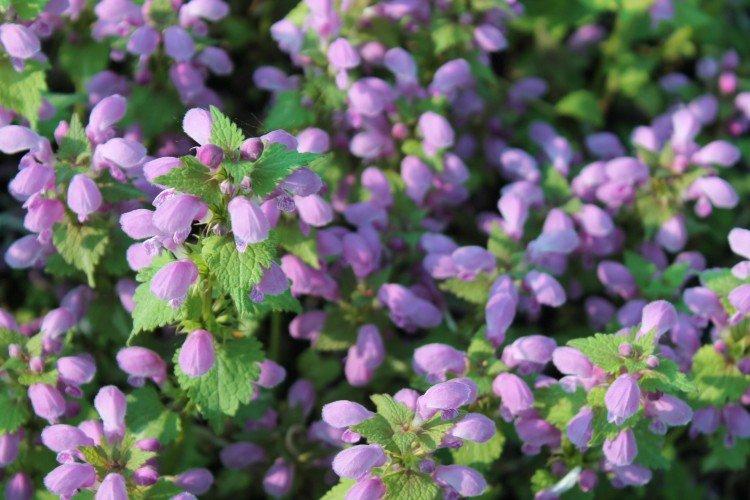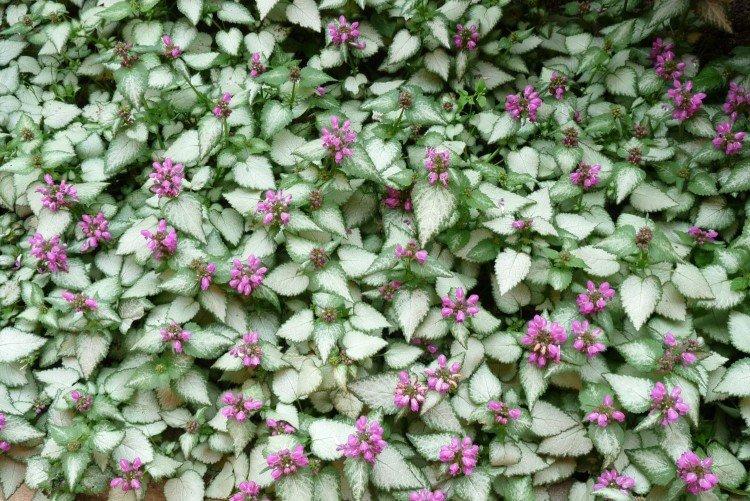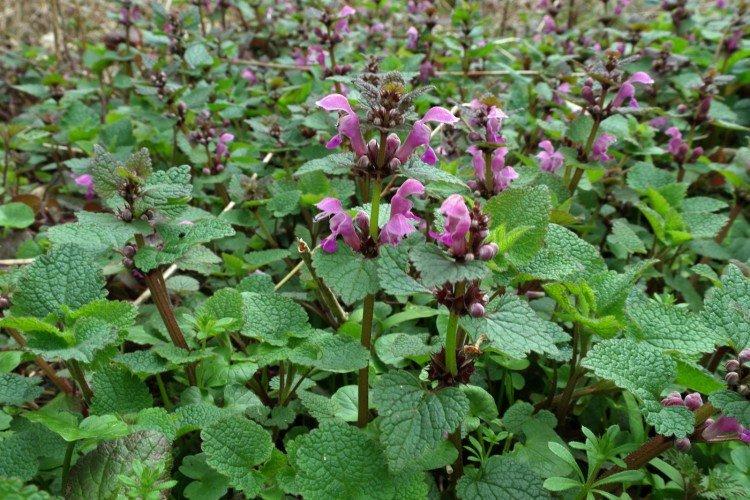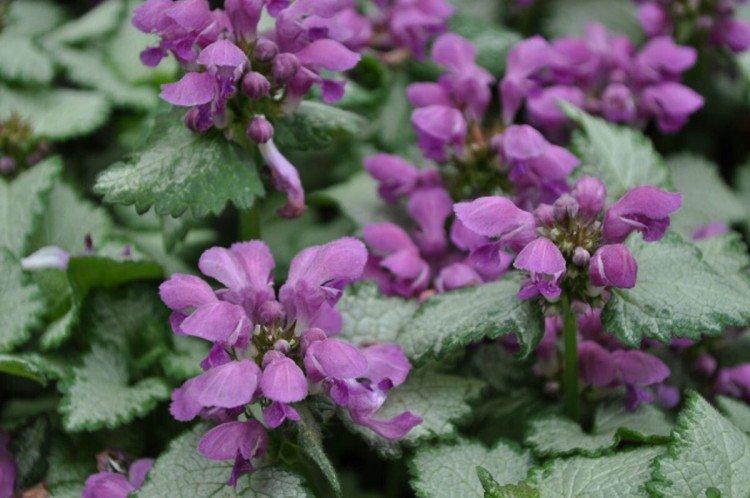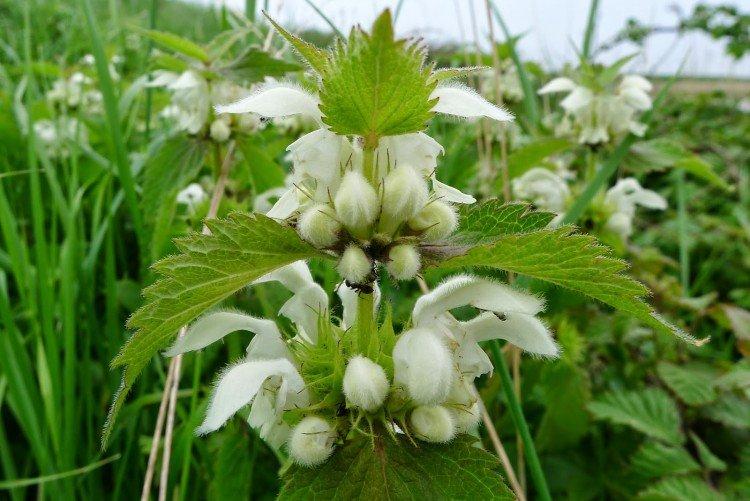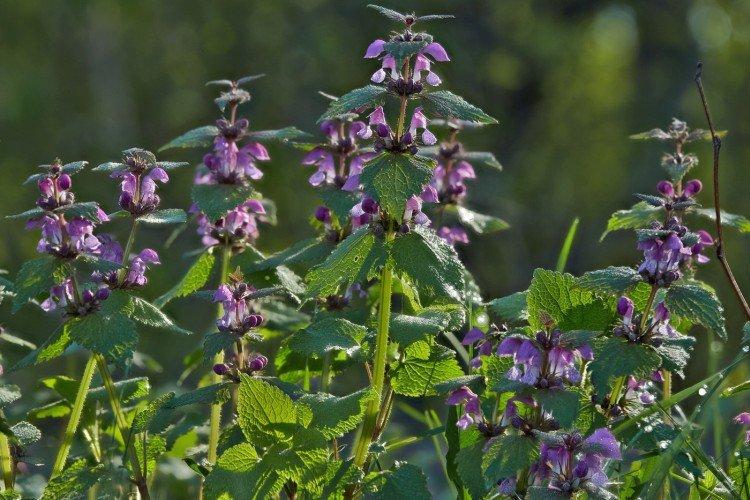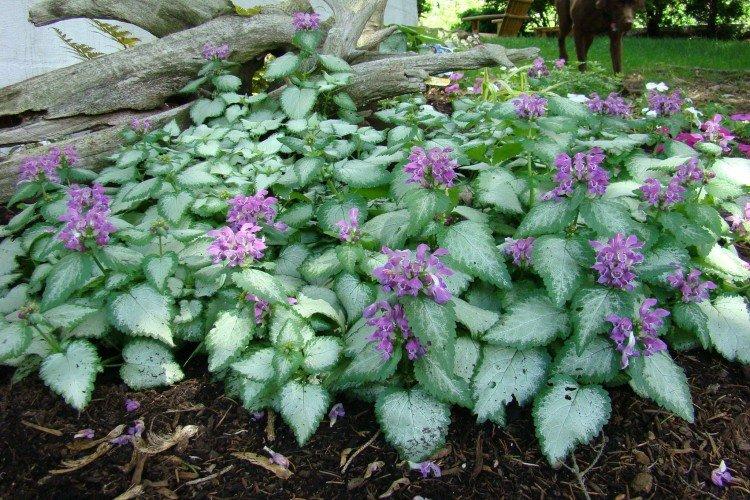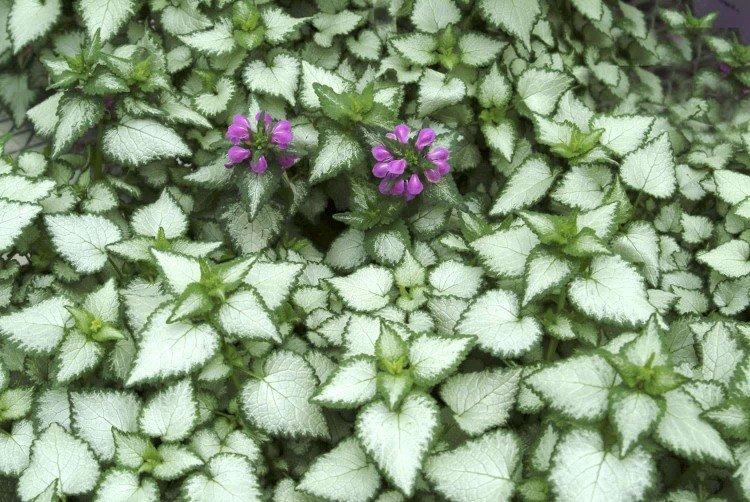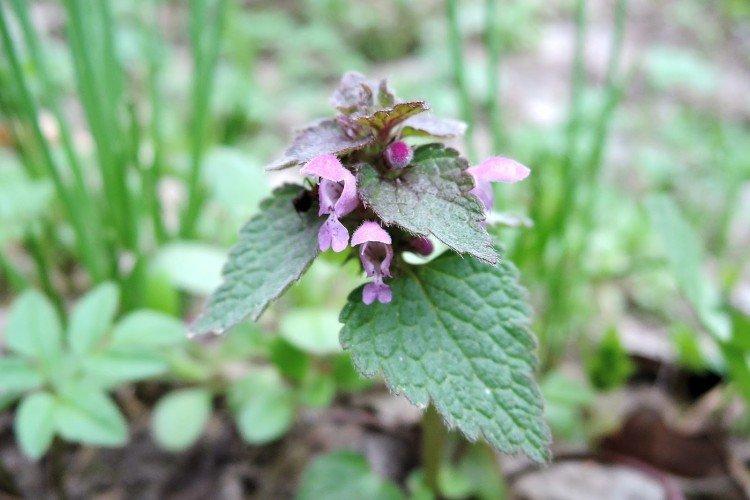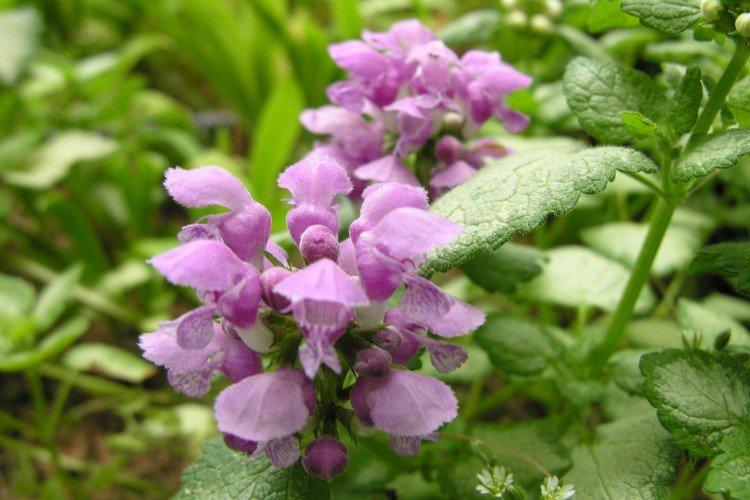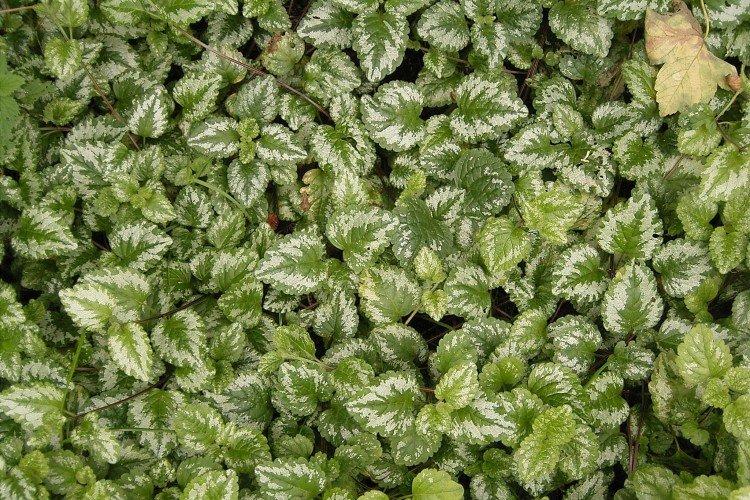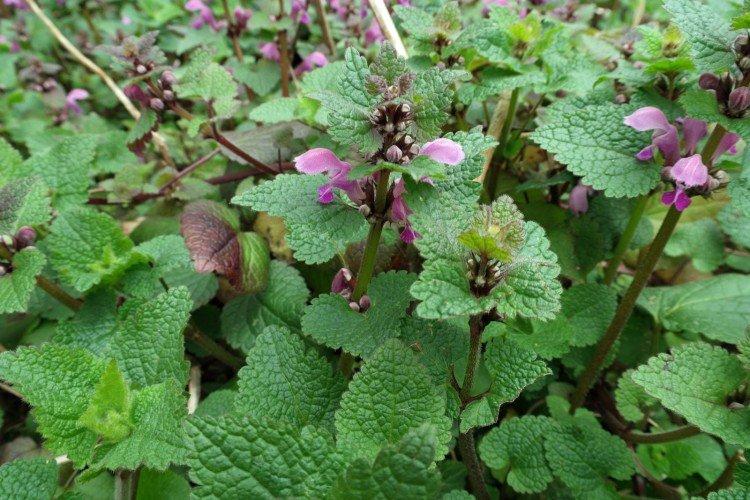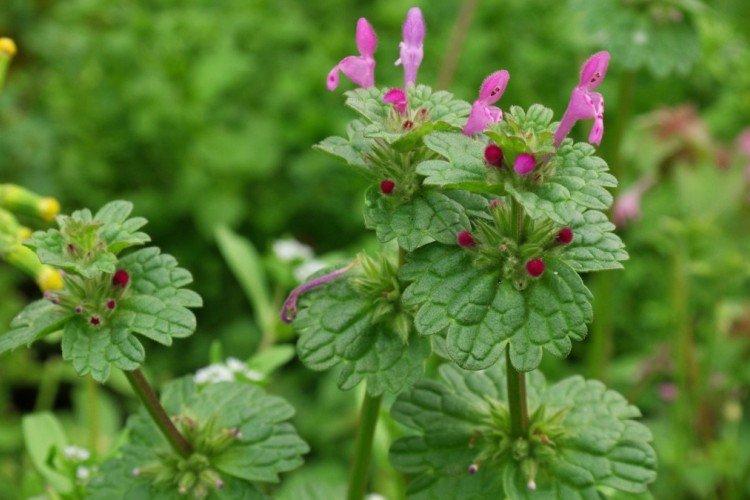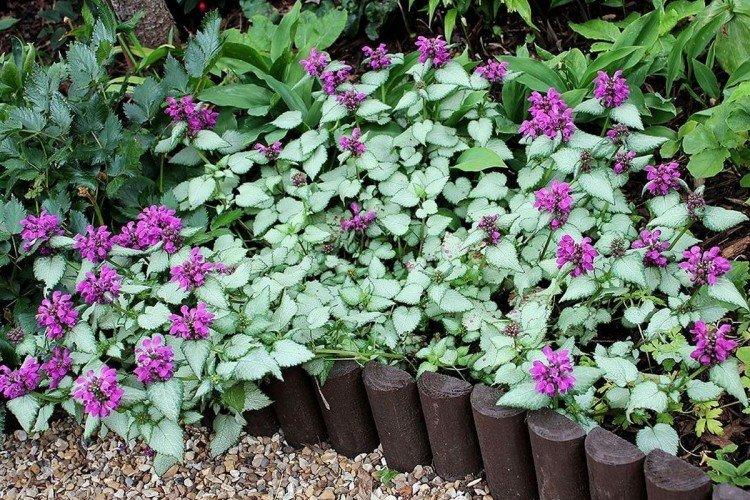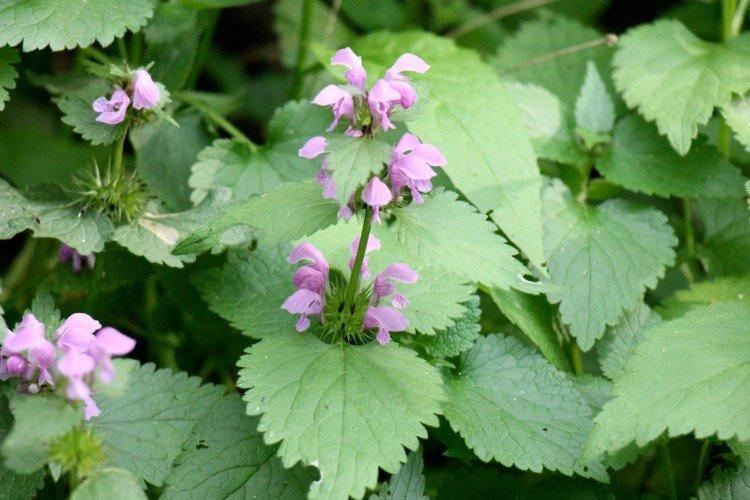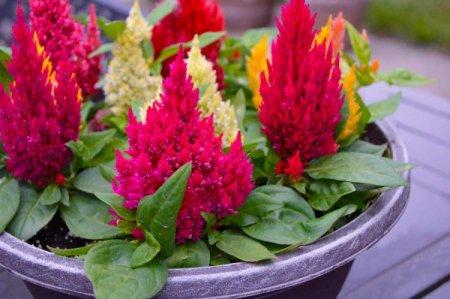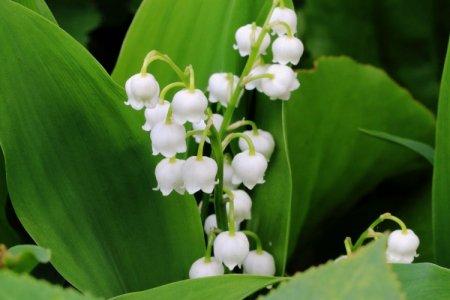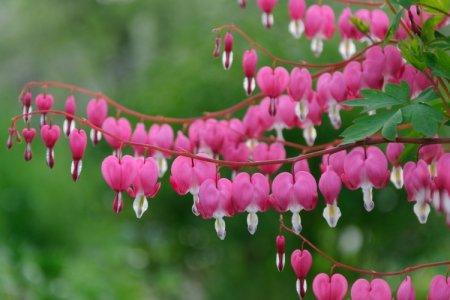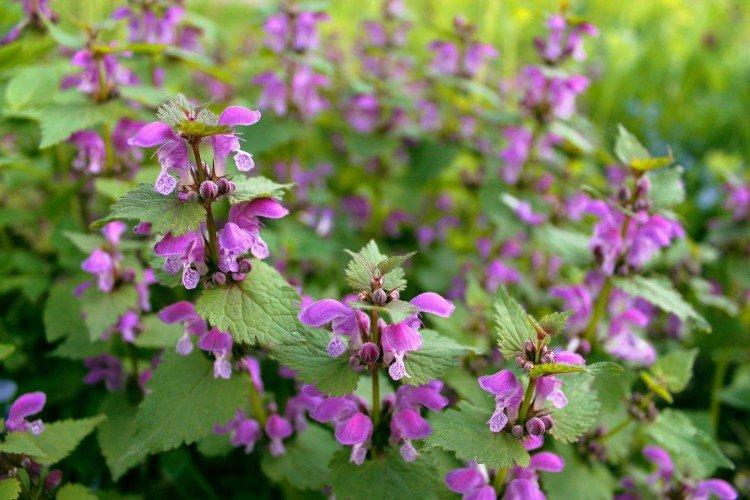
Inconspicuous in the wild, the lamb has become an elegant adornment of modern sites. She is loved for its unpretentiousness, intense growth, beautiful velvety leaves and gentle long flowering. Today we want to tell you more about the features of cultivation and maintenance of lambs!
general information
Lamb is a herbaceous perennial and the main representative of the family of the same name. In nature, it grows throughout Eastern Europe and most often - near rivers. Outwardly, the bushes resemble an ordinary weed, but the breeders managed to bring out beautiful decorative species.
Shoots of the lamb can be erect or recumbent, but they always branch intensively. Jagged-edged leaves look spectacular throughout the warm season. The buds are most often colored white or shades of pink.
Lamb belongs to medicinal plants, from which medicinal infusions and lotions are prepared. Low-growing varieties are used as ground covers, and tall perennials are used in flower beds and in landscape compositions.
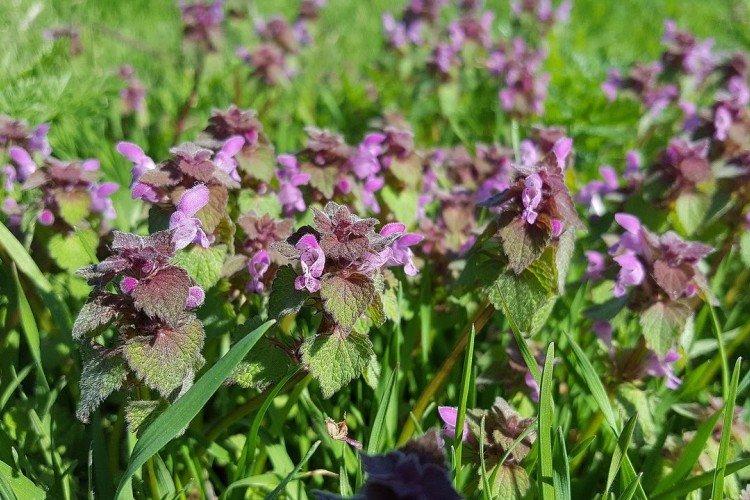
Types of lamb
In nature, there are about 25 varieties of lamb, but not all of them are suitable for growing in the garden. Let's figure out the main options!
White lily
Shoots and leaves of a medium-sized perennial are velvety and rough. Jagged leaves grow on short petioles, and in June the plant blooms with white buds. This species is also called deaf nettles.
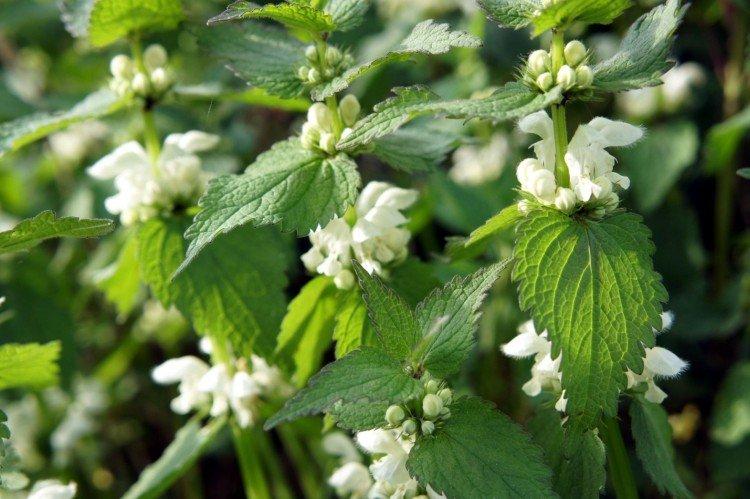
Yellow lamb
Its second name is Zelenchukovaya. It has pubescent creeping shoots and elongated oval leaves with distinctly visible veins. In early May, it blooms with beautiful yellow flowers.
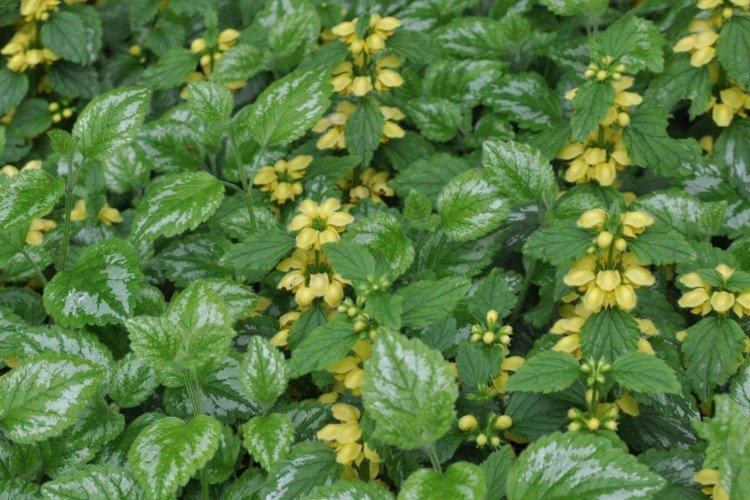
Purple Clarity
It got its name for its beautiful purple buds and burgundy leaves. It is a compact species, up to an average of 25 cm in height, and blooms red nettles from late spring.
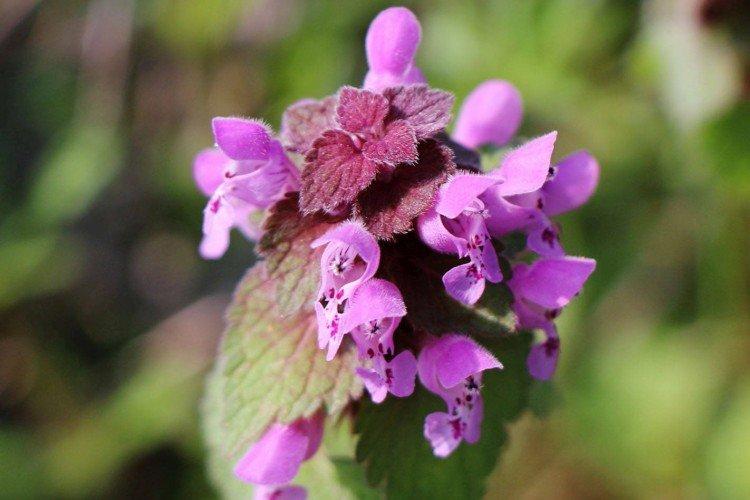
Orval's lamb
The compact decorative variety is notable for its long flowering - about 2 months. At this time, the bushes are densely covered with pink buds of a delicate unusual shade.
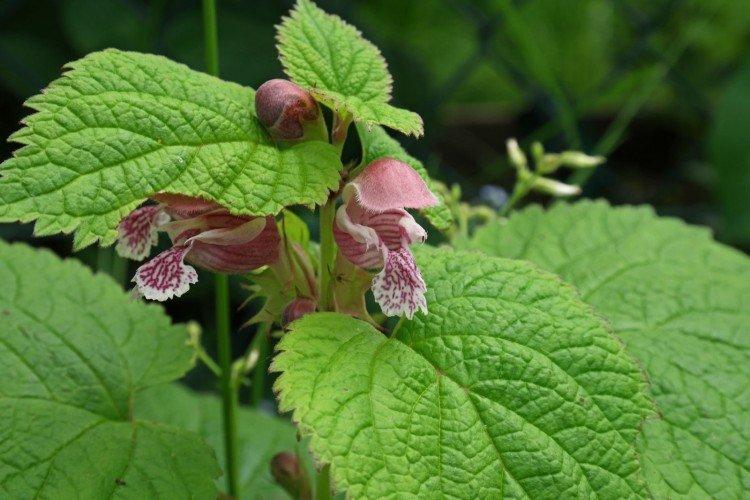
Spotted lamb
She is speckled, and she is one of the most decorative of its kind. It is a tall species with green leaves and silvery streaks that set off pink flowers.
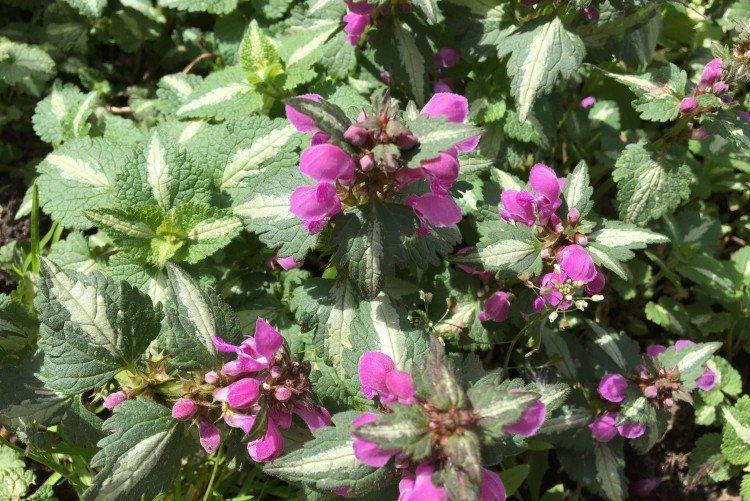
Caring for the clear
Caring for the lucid is unremarkable. Only rare varietal specimens can have specific requirements, and this is an exception rather than a common practice.
Temperature and lighting
Lamb is not afraid of coolness and frost. It grows well in diffused light, in partial shade and even in the shade. But some varieties can be more light-requiring. In any case, it is best to avoid areas with direct sun during peak hours to avoid leaf burns.
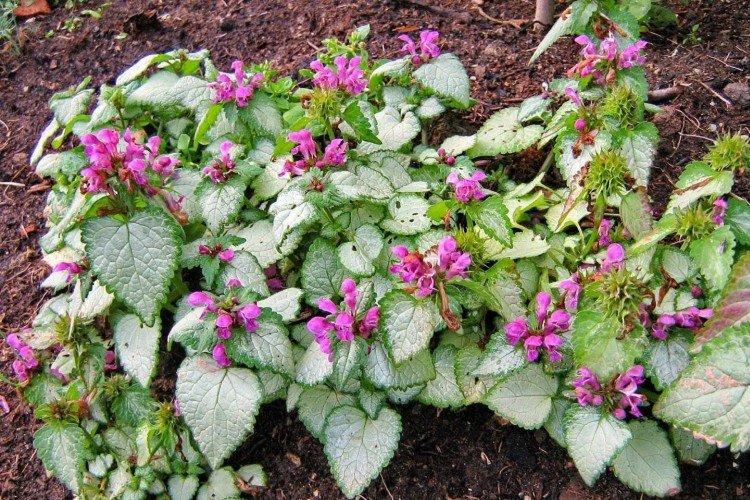
Watering
Lamb loves moisture, so it is watered abundantly and systematically. Just not excessively, so that the roots do not start to rot. The plant normally tolerates short droughts, but if this period is prolonged, the leaves begin to curl, and the shoots become bare.
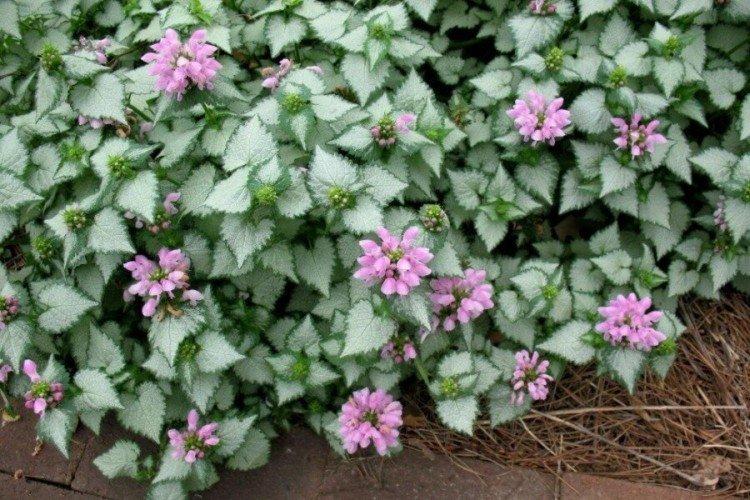
The soil
The soil for lamb should be loose, moderately moist and moderately nutritious. Too fertile soil here is more likely to go to a minus than a plus. But not for the lucifer itself, but for other plants, which it will displace due to overgrowth.
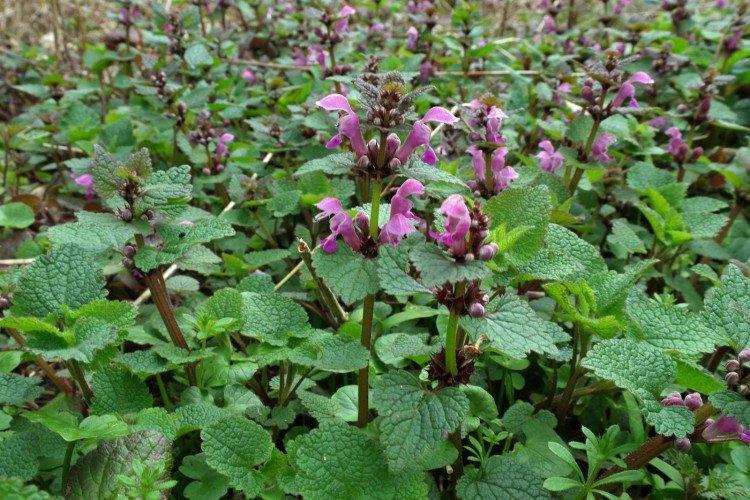
Fertilizers and feeding
Fertilizers should not be overused for the same reason that it is better to avoid very fertile soil. In spring, use liquid or granular fertilizers, but not often and in low concentrations.
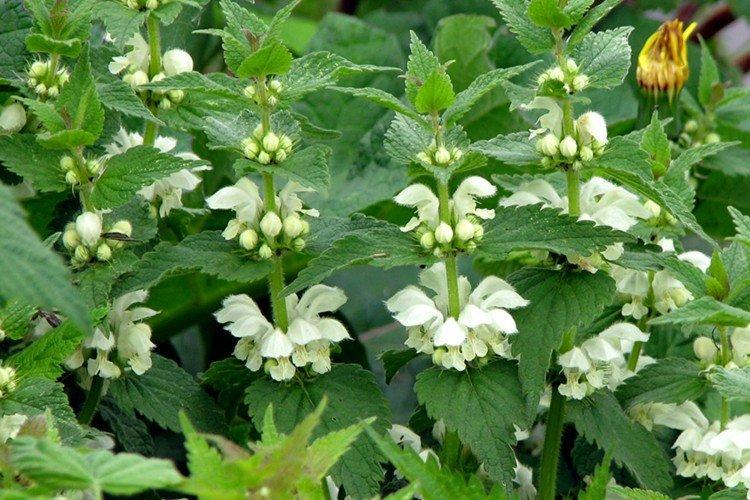
Pruning
The lamb needs to be pruned and thinned regularly, because otherwise it can take over the entire area and simply survive other flowers. Remove all excess shoots during the season. At the same time, it will help to significantly prolong flowering.
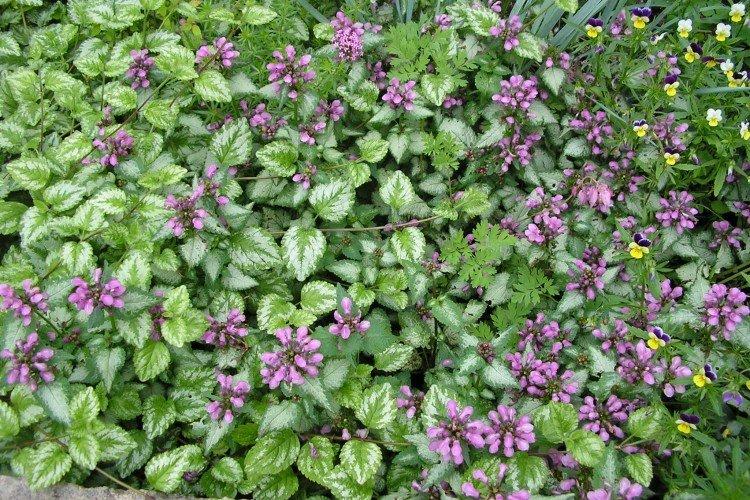
Transfer
It is recommended to replant old perennial bushes every 5 years.In the process, you can divide it or rejuvenate it. The lamb easily tolerates transplants and quickly takes root in a new place.
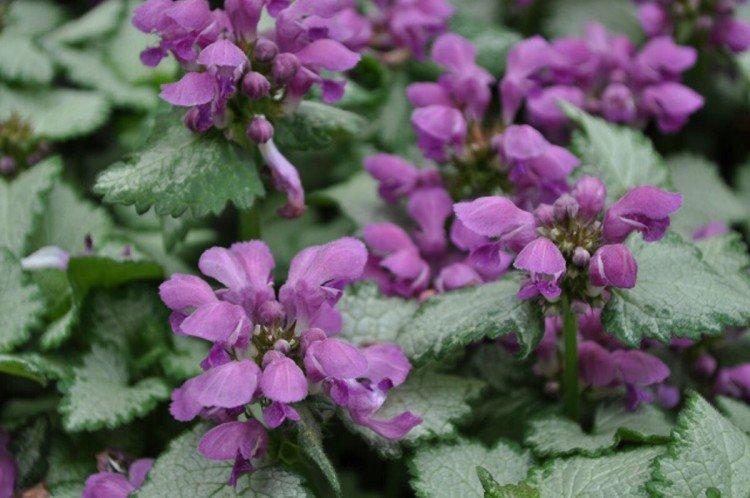
Wintering
No special preparation is needed for wintering a perennial lamb. By the end of summer, finish with fertilizers, from autumn, start gradually cutting the bush, and at the same time reduce the frequency of watering.
The vast majority of the lamb species easily endure the winter and do not need additional shelter. In some species, the ground part dies off, and some remain green.
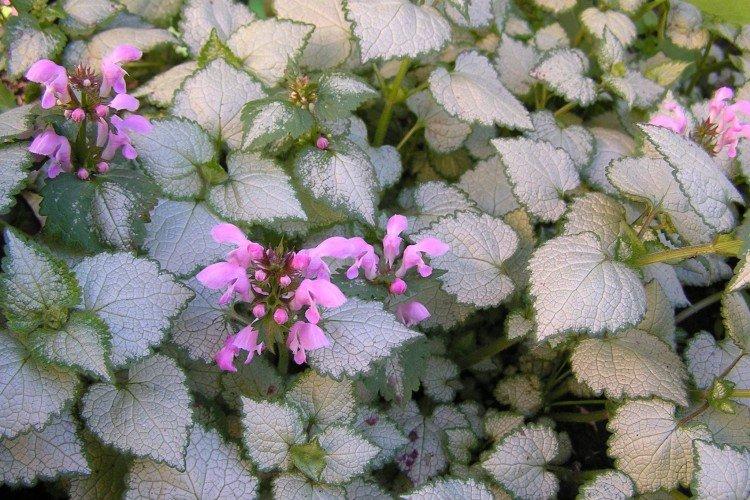
Planting and breeding
Seeds are sown in early spring directly into open ground, evenly spreading over the surface. As the seedlings appear and grow, they will need to be thinned out. Flowering with this reproduction occurs after 2 years.
In summer, the lamb can be propagated by layering. Low healthy shoots are bent to the ground and slightly dripped in, and next spring they can be completely separated and transplanted. But only certain species reproduce well by cuttings - for example, speckled lamb. Cuttings are rooted immediately in loose soil or peat.
In early spring, an adult and large shrub can be propagated by division. In this case, it will be possible to achieve flowering already in a year, and at the same time - to preserve the properties of the mother plant for valuable varieties. There are no difficulties in the process, because the lamb takes root well and quickly.
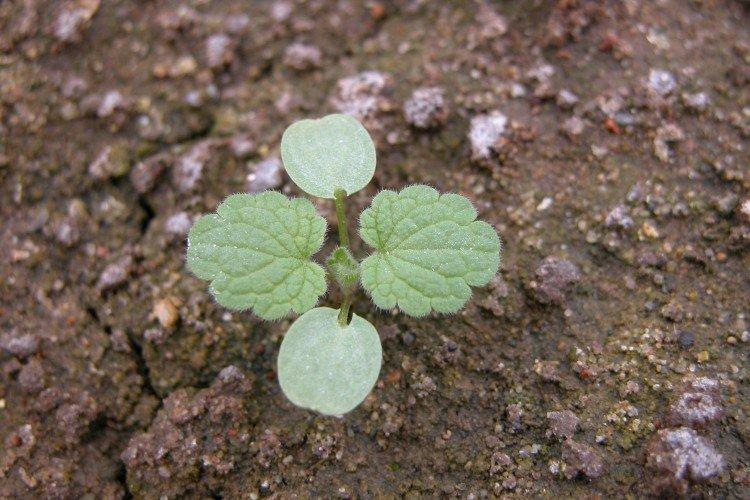
Pest and disease control
Lamb is sensitive to root rot, therefore, it is fundamentally important to observe the irrigation regime and prevent waterlogging of the soil. If the plant is already sick, it needs to be dug up and removed as soon as possible, and the ground and neighboring plantings should be treated with fungicides.
The most common vermin pests are spider mites, scale insects and mealybugs. Less often, the whitefly settles on the leaves. If there are still few insects, a soapy solution is enough, but in other cases, use chemicals.
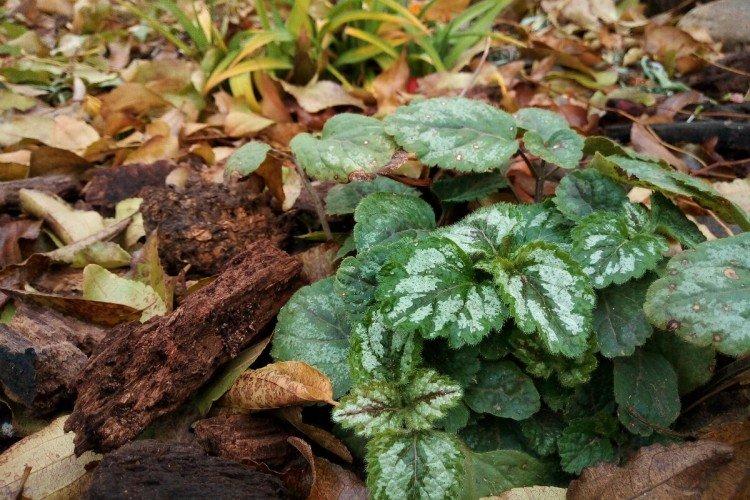
Lamb - photo
Wondering how beautiful it is to use a lucid in your garden? Then catch a large selection of photos for inspiration!
